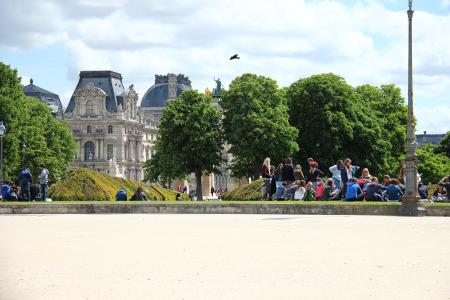
The JRC prepared a report summarising the mid-term results of the BiodiverCities project.
Firstly, BiodiverCities collects practical examples of how to engage citizens in vision building around urban nature, monitoring, and solutions to improve urban biodiversity.
Thirteen cities participate to BiodiverCities with local projects on citizen engagement or with case studies on mapping urban biodiversity and ecosystem services. Local activities include enhancing public participation in greening projects, vision building, or citizen science and participatory mapping of urban nature.
A second strand of work is the mapping of urban biodiversity and ecosystem services at European scale.
Urban biodiversity has been mapped using iNaturalist, a global species observation platform based on citizen science. More than 25,000 different species have been observed inside Europe’s functional urban areas, of which 130 species, mostly insects, plants and birds, are found in almost every European city.
Modelling urban temperatures showed that green infrastructure cool European cities by 1.6°C on average, and up to 4°C.
Mapping the recreation opportunities in urban green spaces revealed that 44% of citizens did not have enough nature-based daily recreation opportunities.
BiodiverCities contributed also to indicator development for the Green City Accord, a movement of European mayors committed to making cities greener and healthier.
The report can be downloaded here.